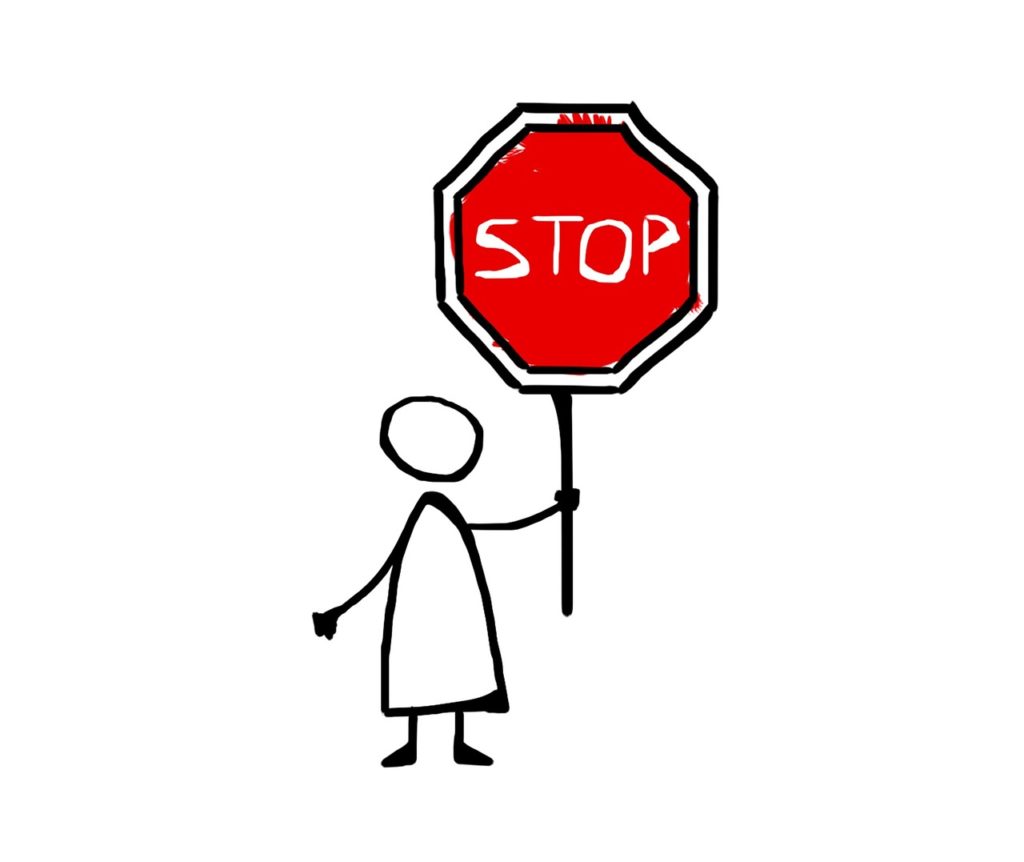Hardly a week goes by without a company contacting one of our international IP lawyers wanting to retain us to “stop the counterfeits” of their products online and offline. Far too often these people believe one of our IP lawyers can within 24 hours send out a “template” cease and desist letter and within another 24 hours of that, the counterfeit sales will magically cease.Were it only that easy.
For us to send out a cease and desist letter to a company that is allegedly counterfeiting (note the switch to alleged here), we first must determine the legal grounds we have for threatening to sue. Is the alleged counterfeiter actually infringing any registered trademark, copyright or patent? Is any trade secret being illegally employed? Unfortunately, about half the time, there is no legal grounds for claiming IP infringement or counterfeiting.
Do cease and desist letters work internationally? Sometimes they do, and really well. We have sent cease and desist letters that achieved great results within days. We’ve also sent cease and desist letters that were completely ignored. A cease and desist letter regarding IP infringement usually works well when we have strong legal grounds for sending it and the company to which we are sending it is a legitimate registered company. These letters are far less effective when the legal grounds is weak or non-existent or when the “company” to which we are sending it is little more than a pop-up operation set up merely to effectuate global counterfeiting.
Why send a cease and desist letter? What can such a letter accomplish? One reason is to get the recipient to cease the infringing. Another is to stake out your rights so as to avoid any potential waiver of those rights. Sometimes we send these letters not so much to stop infringing, but to get the recipient to pay a licensing fee to be able to use our client’s IP. If the letter does not work and we need to pursue litigation, the letter itself — and the recipient’s subsequent ignoring of it — can help prove intentional copying and thereby increase damages at trial or in settlement.
Something few seem to consider or even realize is that sending out cease and desist letters is not without its own, sometimes substantial risks. Many years ago, a company sent a cease and desist letter to a client of my law firm that caused our client to investigate the products of the company that sent it. Our client determined that not only was it not violating the IP of the company from which it received the letter, but the company that sent the letter was violating our client’s patent rights. To make a long story short, the company that sent the letter ended up millions of dollars poorer from having acted so precipitously. It is also not uncommon for the recipient of a cease and desist letter to flip around and sue the sender to seek a court ruling of non-infringement.
Sending cease and desist letters alerts the recipient of your IP concerns and it may cause them to destroy evidence that would aid you in pursuing an IP claim or in collecting large damages. Sometimes the better tactic is to gather up infringement evidence before sending out the cease and desist letter. It is also possible your cease and desist letter will give the recipient a claim against you for defamation, libel or tortious interference in their business.
Sending a cease and desist letter to those who buy counterfeit products can be particularly risky because if you are wrong about the counterfeiting, you are at risk of being sued for having tortiously interfered with the product seller’s business.
Sometimes the best tactic is not to send any cease and desist letter at all. 10

























